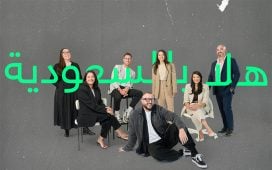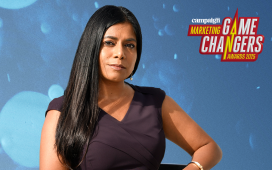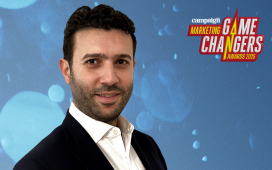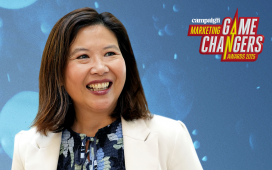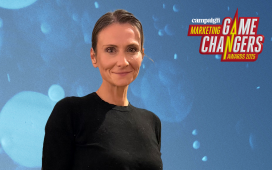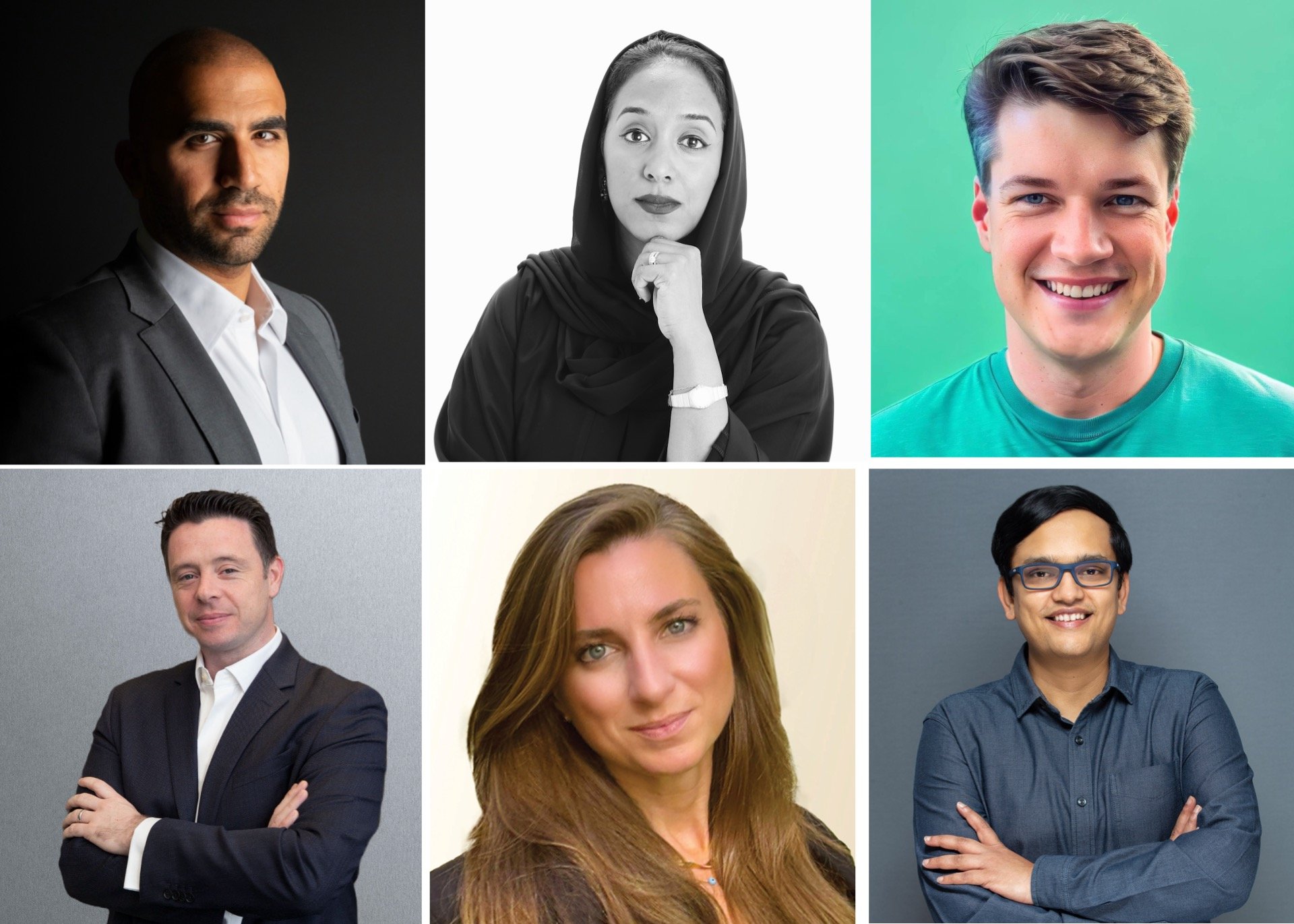
As we enter February 2025, there’s little running through the minds of marketers in the Middle East – or those within agencies servicing them – as much as Ramadan.
For most consumers in the Middle East, Ramadan is a month of reformation and resolutions, as well as amended habits and behaviours. It is a month of fasting, physical and mental cleansing, togetherness, prayer, gifting, iftar and suhoor, and family gatherings.
For a few others not observing the Holy Month, it is a month of shorter working hours, cultural experiences, community get-togethers, and contributing to social good – on top of business as usual.
For brands and marketers, however, Ramadan is often considered
To continue reading this article you need to be registered with Campaign. Registration is free and only takes a minute. Register Now or sign in below if you already have an account.
Tags:AdvertisingAhmed El GamalAida Al BusaidyBudgetsCampaignsChalhoub GroupConsumer behaviourDETDomino’s PizzaDubai Department of Economy and TourismGaurav SinhaHoly MonthinvestmentsJumeirah GroupMarilena Hadgiannimarketingmeaningful marketingmediamemoriesMomentsRamadantargeted marketingTerry KaneThe Marketing SocietyThe Trade Desktimelinesstimingtogetherness


